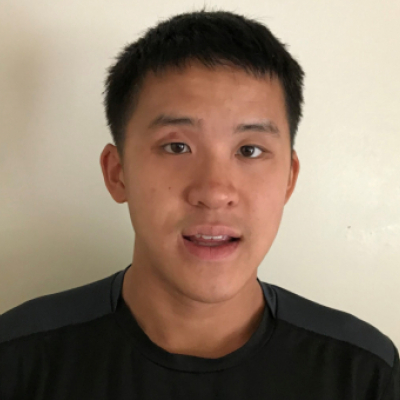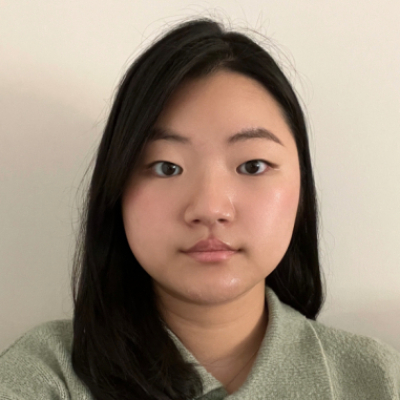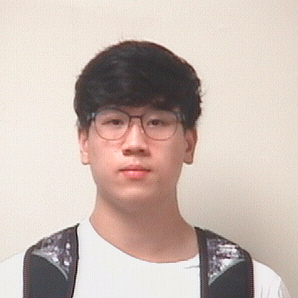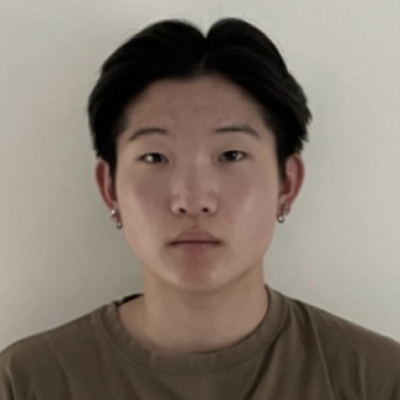Below is a summary of the abstract you submitted. Presenting author(s) is shown in bold.
If any changes need to be made, you can modify the abstract or change the authors.
You can also download a .docx version of this abstract.
If there are any problems, please email Dan at dar78@pitt.edu and he'll take care of them!
This abstract was last modified on March 16, 2024 at 1:40 p.m..
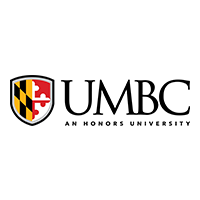
Bacteriophage GiJojo was isolated from a soil sample found in Catonsville, Maryland using the bacterial host Streptomyces mirabilis NRRL B-2400. S. mirabilis is well known for its ability to survive under heavy metal conditions. A minimum of three rounds of purification of GiJojo was completed to confirm a clonal population of phages. Fresh lysate was plate harvested and examined through transmission electron microscopy. Imaging revealed the phage to have a short, contractile tail of 107.9 nm and a head size of 81.5 nm long allowing the identification of GiJojo as a myovirus. DNA was extracted from GiJojo and was sequenced by the Pittsburgh Bacteriophage Institute establishing that GiJojo has a genome length of 115 kbp and a GC content of 53.5% with terminal direct repeats of 197 bp. The analysis of GiJojo’s gene content and genomic similarities assigned it as a part of the BS cluster on PhagesDB. Gene annotations were completed using DNA Master with embedded GeneMark and Glimmer and BLASTp to identify the presence of protein-encoding genes and manually adjust start sites. Functions were inferred through a comprehensive analysis via sequence homology determined using BLASTp, structural homology assessed via HHpred, and synteny analysis conducted using Phamerator. Using this genomic data, we will explore the functional annotations of genes from phages of the same cluster and those isolated from the same host. The similarities and differences between these genes may provide insight into phage-host interactions and different replication strategies of these phages.

